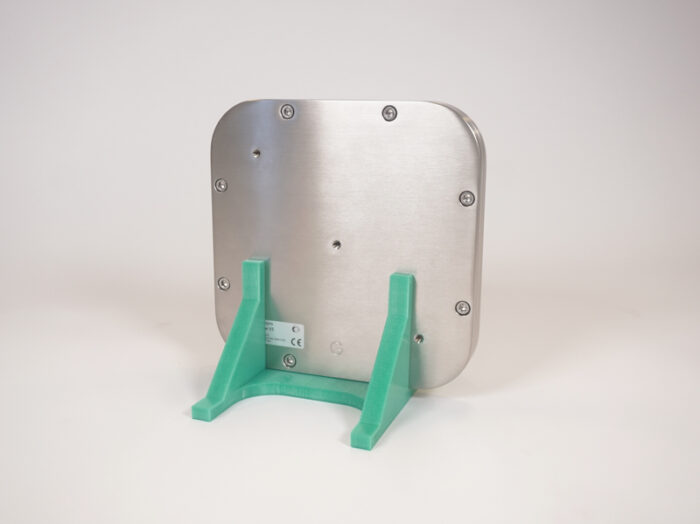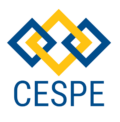PervaFlow | Pervaporation R&D Module
The R&D modules are designed to perform lab scale testing of pervaporation. It is ideal for a first screening of process parameters (temperature, membrane, etc.). Our modules display a high surface exchange with an optimized structure for reduced Residence Time Distributions (RTDs).

An efficient and energy-saving technology for fluid separation
Pervaporation is a membrane separation process that is based on an energy-efficient combination of permeation and evaporation. It is applied to the removal of volatixle compounds out of solutions through a selective membrane. By creating a vacuum or introducing a flow of purge gas on one side of a dense membrane, volatile compounds in a liquid flow diffuse through the membrane. By using selective membranes, pervaporation can be applied to the dehydration of organic solutions as well as to the removal of organic contaminants in an aqueous solution. In addition to its high energetic efficiency, due to the use of a dense membrane pervaporation is not subjected to azeotropic limitations.
- The inline removal of alcohol from cell cultures to enhance their productivity
- The intensification of esterification or imination reactions by equilibrium displacement
- Liquid/Liquid separation in presence of temperature sensitive (bio-) products
- Gas perfusion for processes
- And many other possible uses….
- Surface exchange: 200 cm² — 24cm²
- Retention volume: ~3 mL — 360µL
- Typical flow rate: 1-5 mL /min — 100 – 500 µL/min
- Material: stainless steel, aluminum or PEEK structure
- Connectors: standard flat bottom connector (1/4″-28)
Want to know more about the pervaflow?
Want to know more about the pervaflow?
| Thank you for Signing Up |


